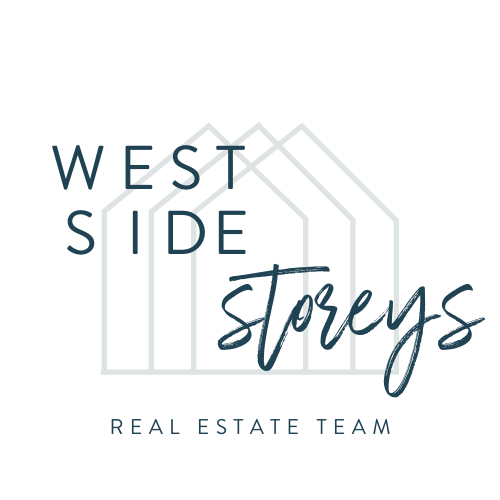Roncesvalles is the area I call home and I have lived here for almost 20 years. My Dad actually grew up here, attended school at Fern Avenue PS, and my grandmother even went to Fern, so the area is near and dear to my heart. The neighbourhood was considered the Polish hub of Toronto for a long time, and there is still a definite Polish flavour along the strip, and the Polish Festival is celebrated here every September. However, with the gentrification that has taken place over the last couple of decades, the landscape of the street has changed and is now home to some fabulous shops, restaurants, pubs & coffee shops; but you can still find a great pierogi!Along with gentrification comes the inevitable real estate boom, so this area which was considered reasonable for a long time, now has some very pricey real estate, with the average price of a detached home sitting around $1.8M.Technically the 'Roncesvalles' area runs east of Roncesvalles to Lansdowne, south to Queen and north to Dundas. The area west of Roncesvalles to Parkside, although technically 'High Park', shares the same vibe and accessibility to amenities, so for this purpose we have included that area here as well.Here is a snapshot of what Roncesvalles has to offer, as well as our favourite places to indulge, play and shop! If you are not familiar with the Roncesvalles area, we hope you will make a trip over here, grab a coffee and wander the strip. If you have more questions about this fabulous Toronto neighbourhood, feel free to get in touch, we are always available for your questions!
Winter is coming
Even though the winter weather hasn't totally arrived yet, it's a good idea to do some housekeeping before it does. Since it’s a good reminder to all of us, it's a good time to again share some of our tips on maintaining your house and keeping it comfortable at this time of year.Caring for your furnace is important all year round but especially when it’s working overtime. Many homes in our neighbourhood lack good insulation so furnaces work extra hard to keep up in cold temperatures. Changing your furnace filter regularly helps with efficiency, output and overall air quality within your home. Most HVAC companies recommend changing filters every 3 months but we’ve found that in older homes after 60 days there can be quite a bit of build-up and filters are ready for a change. Setting a reminder on your smart-phone calendar helps to make sure you are not going too long without checking the filter.Another tip to maximize your furnaces efficiency is to turn down the thermostat at night and when you are away during the day. Only turn it down a few degrees (two or three). If the house gets too cold, it will only eat up any savings you gained when you have to reheat it. Smart thermometers are great for this and there are several rebate programs available.Sealing up drafts around doors and windows is a good way to make sure you aren’t losing that nice warm air you’ve worked so hard to get! Basic caulking around windows, adding threshold strips around doors and closing up kitchen and fireplace vents when not in use are all helpful in minimizing heat loss. Don’t forget to play with solar gain and when the sun is out, open drapes and blinds to help warm your home. Close ’em as soon as the sun sets though; window = draft.Every year we hear horrible stories about frozen pipes. What can we do about it in an 100 year old home? Well, it’s a bit of luck but some good preventive measures help too. As long as your house is heated and above freezing, pipes should continue to operate properly. However, check to see if tub and shower fixtures are installed against exterior walls; yep, they are in my house! Pay special attention to this with DIY reno work or work done without permits– sometimes what seems like the most convenient place to run pipe isn’t the best in cold climates.The other areas of your house to pay attention to are any unheated zones (cold rooms, crawlspaces, attics, garages etc). If there are pipes in unheated areas ask an expert about the best ways to minimize your risk of frozen pipes. They may recommend wrapping insulation around pipes or supplemental heat in the areas during a deep freeze. If the house temperature drops below freezing due to long vacations, broken furnaces etc. issues can develop anywhere inside your home. This is why many plumbers recommend running a bit of water at every tap in this case. (It keeps the pipes from freezing since city water is roughly 10° C.)We have only ever had water in our basement ONE TIME. And it was TERRIBLE. It was because of thawing / re-freezing ice and snow that worked it’s way in to our foundation. I am now so paranoid about making sure our downspouts are running freely during thaws and at least 6 feet away from our house. If ice gets lodged in the downspout, they don’t work. When leaves haven’t been properly cleaned out from gutters in the fall, they don’t work. If your kid breaks off the downspout extension, they dump water in the wrong place, and don’t work! Keep an eye on your downspouts all winter long to make sure they are running clear and are not frozen in a foot of snow. I also try and keep snow and ice away from our foundation during melt-offs all winter long.
Basic Winter Maintenance
winter home care





